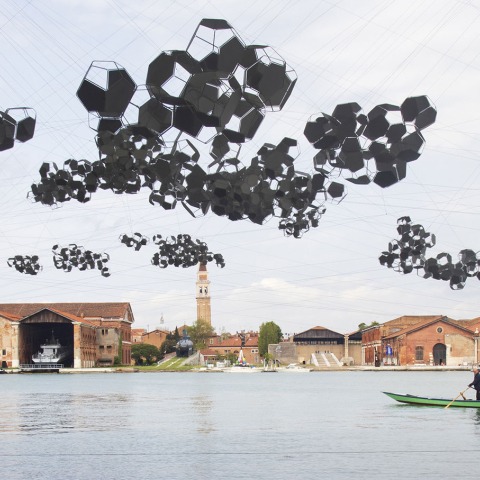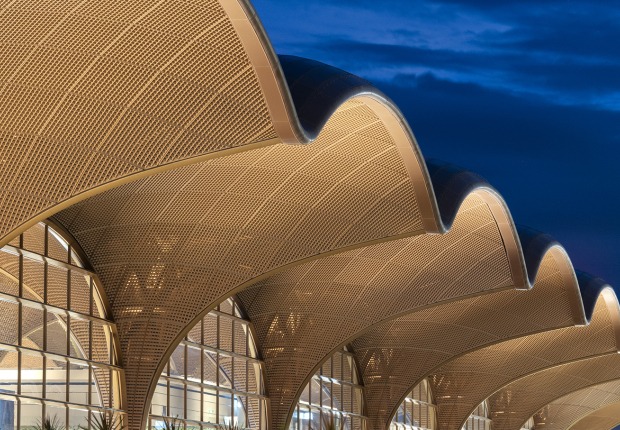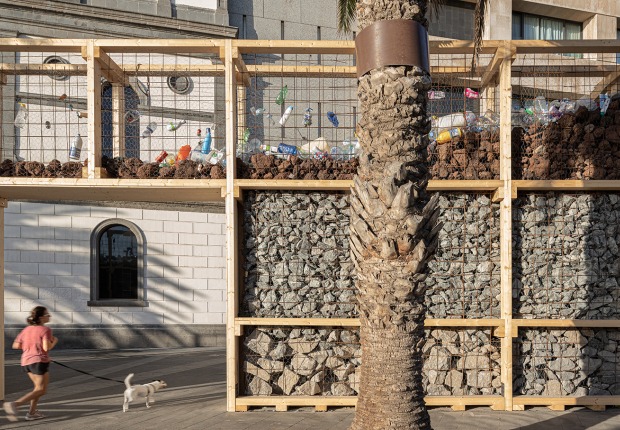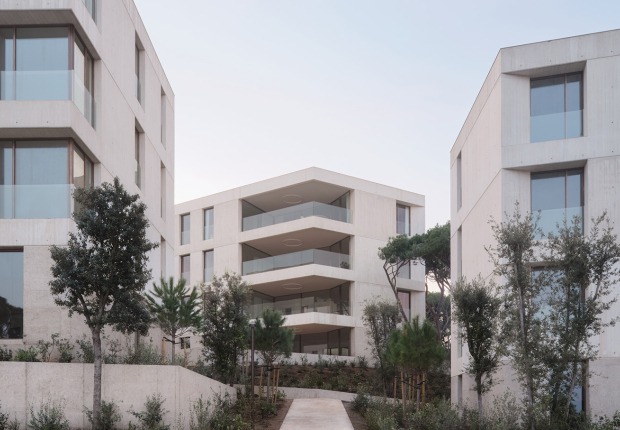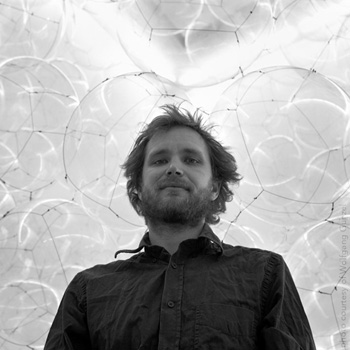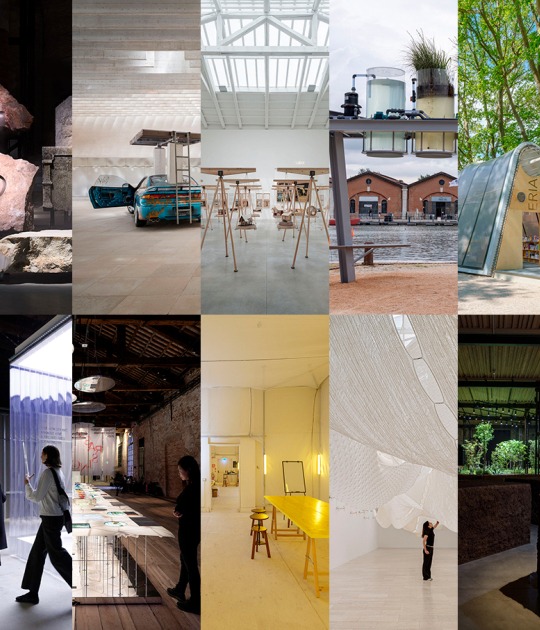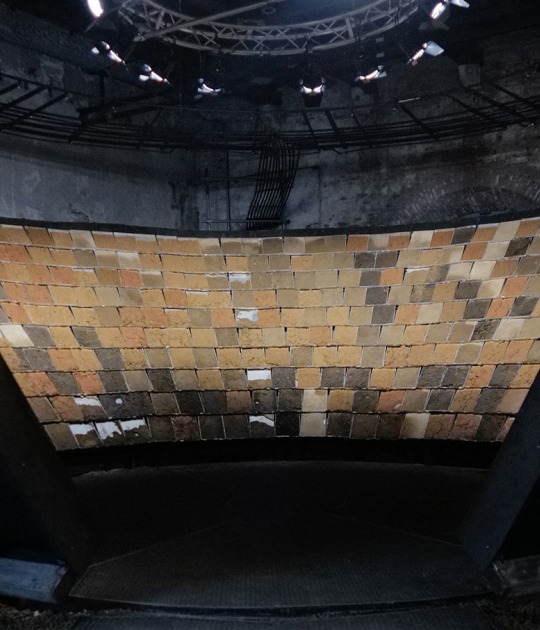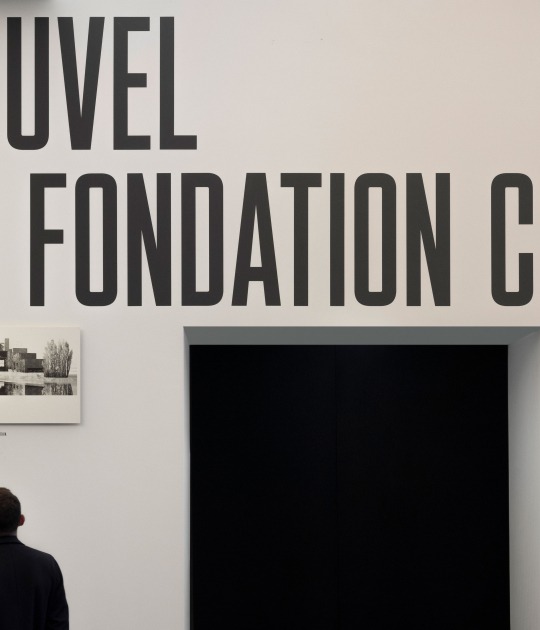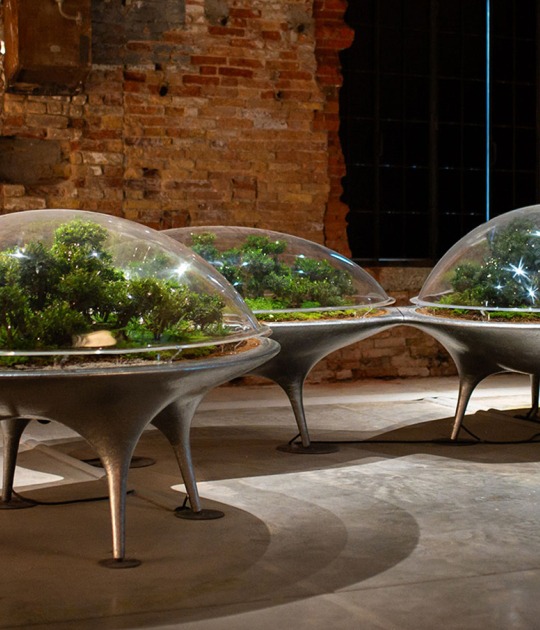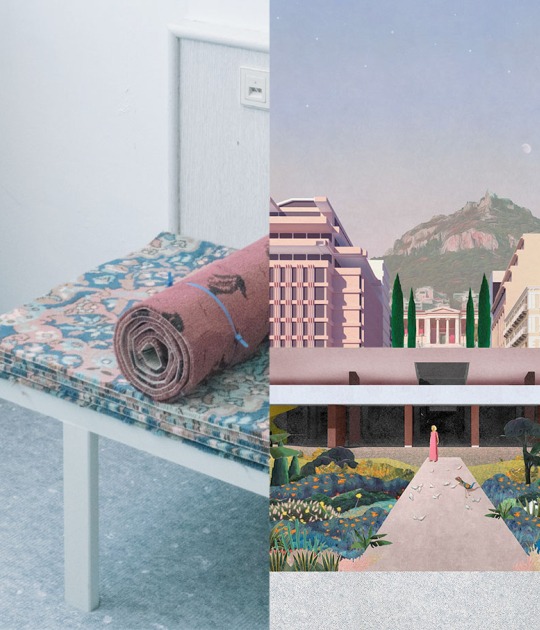El proyecto, planteado sobre las aguas de Venecia, consiste en un conjunto de Aero(s)cenes, estructuras en forma de racimo inspiradas en la geometría Weaire-Phelan, que oscilan a lo largo del día al ritmo de las mareas.
Descripción del proyecto por Tomás Saraceno
The artwork On the Disappearance of Clouds (2019) presents a post fossil fuel, emergent cloudscape in a tidal scenography, where the moon’s gravitational pull duets with the rising sea phases of global warming. Cluster-like structures inspired by the Weaire-Phelan geometry of aggregating foam and soap bubbles. Moving into ongoing Aero(s)cenes they resonate with Aerocene, a global community building a new ecology of practice and reactivating a common imaginary towards an ethical collaboration with the atmosphere and the environment, free from borders, free from fossil fuels.
These Aero(s)cenes oscillate throughout the day at the rhythm of the sea tides, performing an elemental choreography. The directors of this aerial theatre range from planetary drifts of carbon-capitalist clouds to the anthropo-cumulus of the petrochemical pole of Porto Marghera towering over the bells of the San Francesco della Vigna Church, appearing on shifting horizons.
Water and air, planets and stars, are tied by cycles of transformation. Every change is refracted in this fragile tension, calling for new ways of thinking, feeling and knowing multiple atmospheric threads of interconnection. Through this composition, the rising tides of Venice generate the rhythms of a new era that allows us to hear beyond our range of attention. As carbon clouds become readable, global warming become audible, forecasting the many urgent scenarios of displacement triggered by their reverberation across the disrupted planet’s ecosystems.
The intermittent signal of the artwork Acqua Alta: En Clave de Sol (2019) resounds through the Gaggiandre at the frequency of the tidal phases, making audible the urgent voices of sea levels as they rise, its lifeforms and the anthropogenic noise pollution that affects them. Synchronously, the sun draws sound waves in light of acqua alta, reflecting a score in elemental motion, composing in clave de sol.
In the blurred figure of space, nudging and bending as the waters rise, we come to understand that we rely on a reciprocal alliance between the elements and effects, the shifting winds, the exchange of heat and momentum and the rippling pull of the lunar cycle. Clouds floating at the bottom of an ocean of air become the notations of a score that calls for this needed awareness. Aero(s)cene proposes how to float differently, re-examining freedom of movement whilst preserving earthly cloudscapes, resonating across planetary boundaries.
